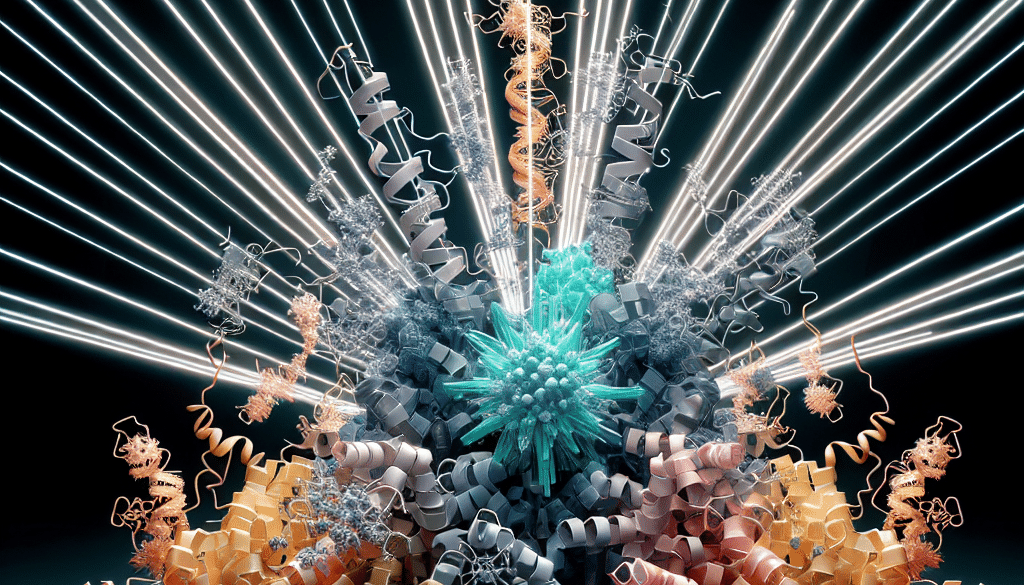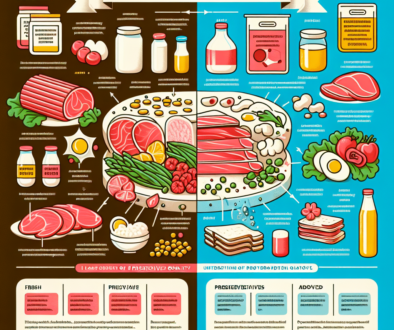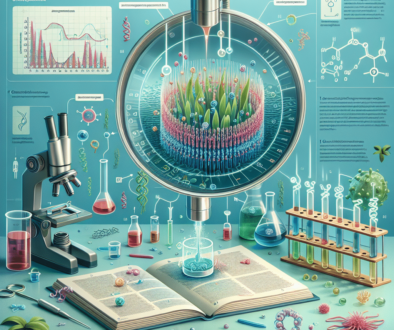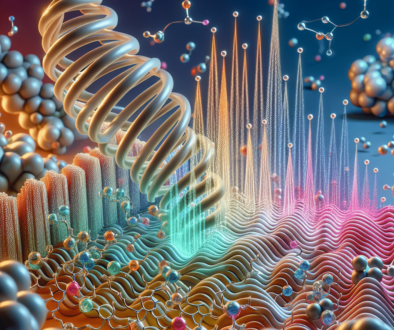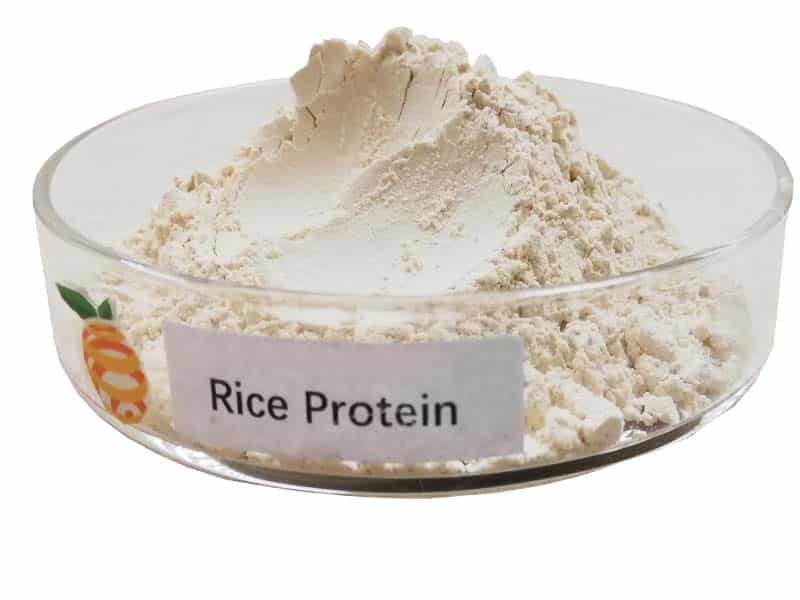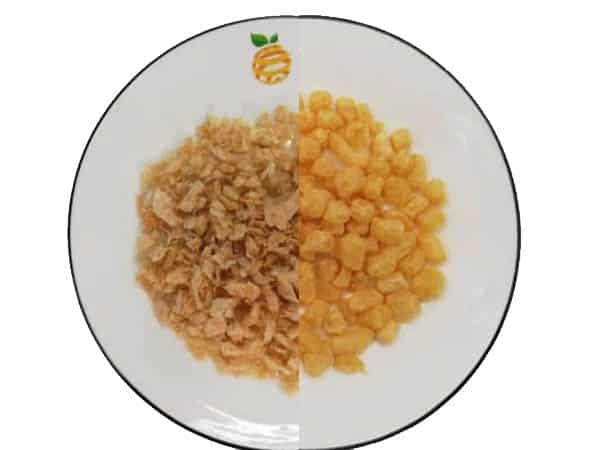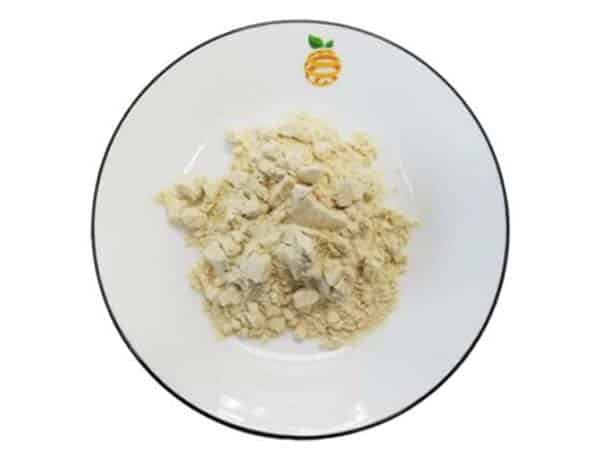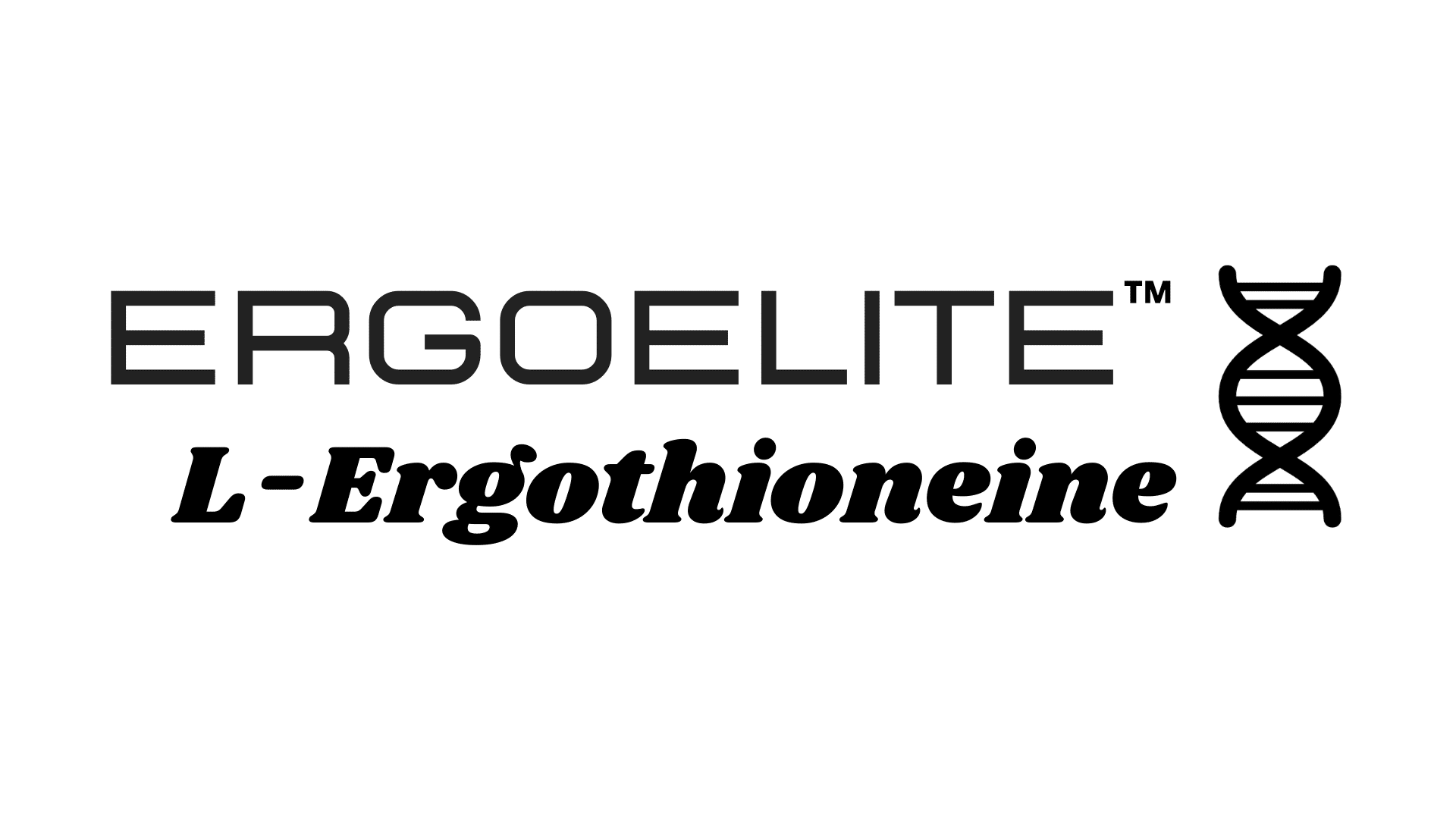X-Ray Crystallography Proteins: Visualizing Molecular Structures
-
Table of Contents
- X-Ray Crystallography Proteins: Unveiling the Blueprint of Life
- The Journey of X-Ray Crystallography
- Deciphering the Code: How X-Ray Crystallography Works
- Landmark Discoveries Through X-Ray Crystallography
- Applications in Drug Discovery and Design
- Challenges and Limitations
- Conclusion: The Impact of X-Ray Crystallography on Science
- Discover the Power of Proteins with ETprotein
X-Ray Crystallography Proteins: Unveiling the Blueprint of Life

X-ray crystallography is a powerful technique that has revolutionized the field of molecular biology. By allowing scientists to visualize the three-dimensional structures of proteins at atomic resolution, this method has provided invaluable insights into the machinery of life. Proteins, the workhorses of the cell, carry out a myriad of functions, from catalyzing biochemical reactions to providing structural support. Understanding their structure is crucial for comprehending their function and for the development of new drugs and therapies. In this article, we will explore the fascinating world of protein crystallography, its history, methodology, and impact on science and medicine.
The Journey of X-Ray Crystallography
The discovery of X-ray crystallography dates back to the early 20th century when Max von Laue won the Nobel Prize in Physics for his work on the diffraction of X-rays by crystals. This laid the foundation for William Henry Bragg and his son, William Lawrence Bragg, who further developed the technique to determine crystal structures, earning them the Nobel Prize in Physics in 1915. However, it wasn’t until 1958 that John Kendrew and Max Perutz received the Nobel Prize in Chemistry for determining the first protein structures using X-ray crystallography.
Deciphering the Code: How X-Ray Crystallography Works
X-ray crystallography is a multi-step process that involves the following stages:
- Protein Purification: The protein of interest must be isolated and purified from other cellular components.
- Crystallization: The purified protein is induced to form a crystal, a highly ordered array of molecules.
- Data Collection: X-rays are directed at the crystal, and the pattern of diffracted rays is recorded.
- Structure Determination: The diffraction pattern is analyzed using mathematical algorithms to build a model of the protein’s atomic structure.
- Refinement: The initial model is refined to better fit the experimental data, resulting in a detailed three-dimensional structure.
Each of these steps requires meticulous care and expertise, as the quality of the final structure is highly dependent on the quality of the crystals and the data collected.
Landmark Discoveries Through X-Ray Crystallography
Over the years, X-ray crystallography has been responsible for numerous groundbreaking discoveries. One of the most famous is the elucidation of the double helix structure of DNA by James Watson, Francis Crick, Maurice Wilkins, and Rosalind Franklin in 1953. This discovery, which was pivotal in understanding genetic inheritance, would not have been possible without the X-ray diffraction data provided by Franklin.
Another significant achievement was the determination of the structure of the ribosome, the cellular machine responsible for protein synthesis. This work, which was awarded the Nobel Prize in Chemistry in 2009, has profound implications for antibiotic development, as many antibiotics target the bacterial ribosome.
Applications in Drug Discovery and Design
The ability to visualize proteins at atomic resolution has had a transformative impact on drug discovery and design. By knowing the precise shape and chemical environment of a protein’s active site, pharmaceutical companies can design molecules that specifically interact with the protein, either to activate or inhibit its function. This rational approach to drug design has led to the development of numerous life-saving medications, including HIV protease inhibitors and targeted cancer therapies.
Challenges and Limitations
Despite its power, X-ray crystallography is not without its challenges. Obtaining high-quality crystals is often a major bottleneck, as not all proteins readily crystallize. Additionally, the technique generally requires large amounts of protein, which can be difficult to produce for certain types. Dynamic aspects of proteins, such as conformational changes and flexibility, can also be difficult to capture with static crystal structures.
Conclusion: The Impact of X-Ray Crystallography on Science
X-ray crystallography has been an indispensable tool in the field of structural biology. It has provided a window into the molecular world, allowing scientists to understand the intricate details of protein function and to design drugs with precision. As technology advances, the resolution of structures and the speed at which they can be determined continue to improve, promising to unlock even more of the secrets held within the molecular structures of life.
Discover the Power of Proteins with ETprotein
If you are inspired by the potential of proteins and are looking for high-quality protein products, ETprotein is your go-to source. With a commitment to excellence and a diverse product range, ETprotein stands out as a leader in the protein industry. Whether you are involved in nutraceuticals, pharmaceuticals, or food and beverage production, ETprotein can provide you with the best organic bulk vegan protein and plant proteins to meet your needs.
ETprotein’s offerings are characterized by their neutral taste, non-GMO, and allergen-free attributes, making them suitable for a wide range of applications. Their expertise in exporting and delivering tailor-made protein powder and finished nutritional supplements ensures that you receive products that meet your specific requirements.
As a trusted partner of leading global brands and Fortune 500 companies, ETprotein is dedicated to reinforcing China’s reputation in the global market. To learn more about their products or to request a sample, contact ETprotein at sales(at)ETprotein.com today.
About ETprotein:
ETprotein, a reputable protein Chinese factory manufacturer and supplier, is renowned for producing, stocking, exporting, and delivering the highest quality organic bulk vegan protein and plant proteins. They include Organic rice protein, clear rice protein, pea protein, clear pea protein, pumpkin seed protein, sunflower seed protein, mung bean protein, peanut protein etc. Their offerings, characterized by a neutral taste, non-GMO, allergen-free attributes, cater to a diverse range of industries. They serve nutraceutical, pharmaceutical, cosmeceutical, veterinary, as well as food and beverage finished product distributors, traders, and manufacturers across Europe, USA, Canada, Australia, Thailand, Japan, Korea, Brazil, and Chile, among others.
ETprotein specialization includes exporting and delivering tailor-made protein powder and finished nutritional supplements. Their extensive product range covers sectors like Food and Beverage, Sports Nutrition, Weight Management, Dietary Supplements, Health and Wellness Products, and Infant Formula, ensuring comprehensive solutions to meet all your protein needs.
As a trusted company by leading global food and beverage brands and Fortune 500 companies, ETprotein reinforces China’s reputation in the global arena. For more information or to sample their products, please contact them and email sales(at)ETprotein.com today.

